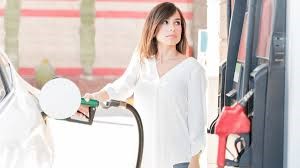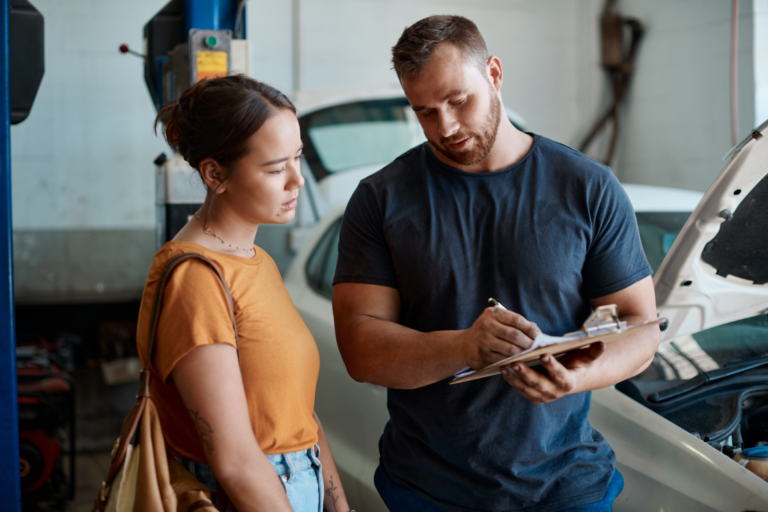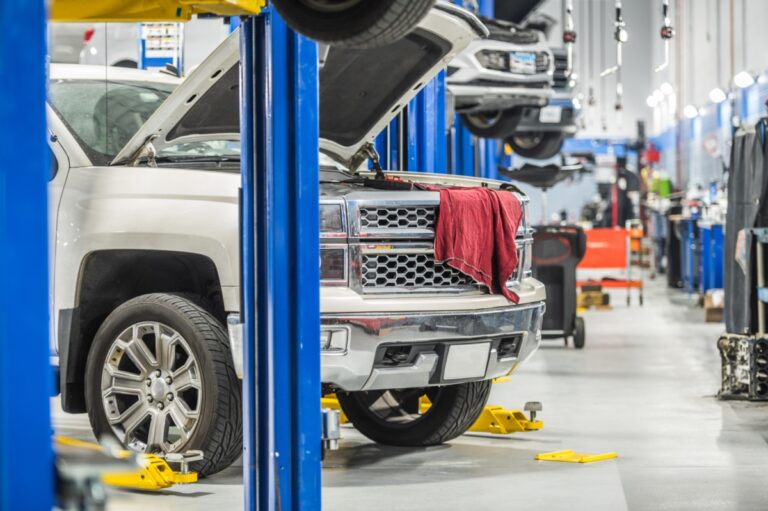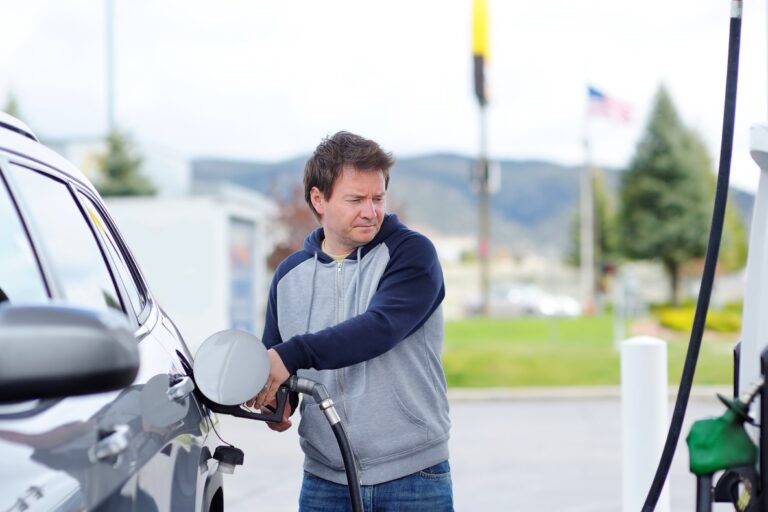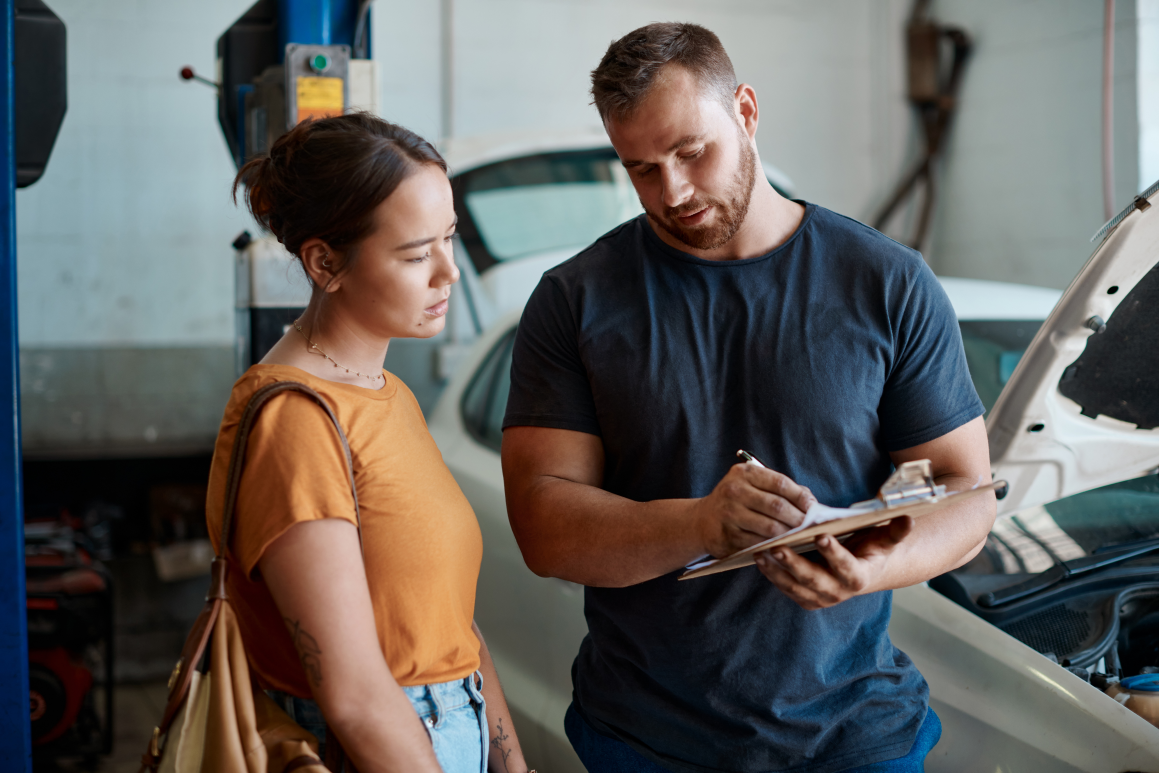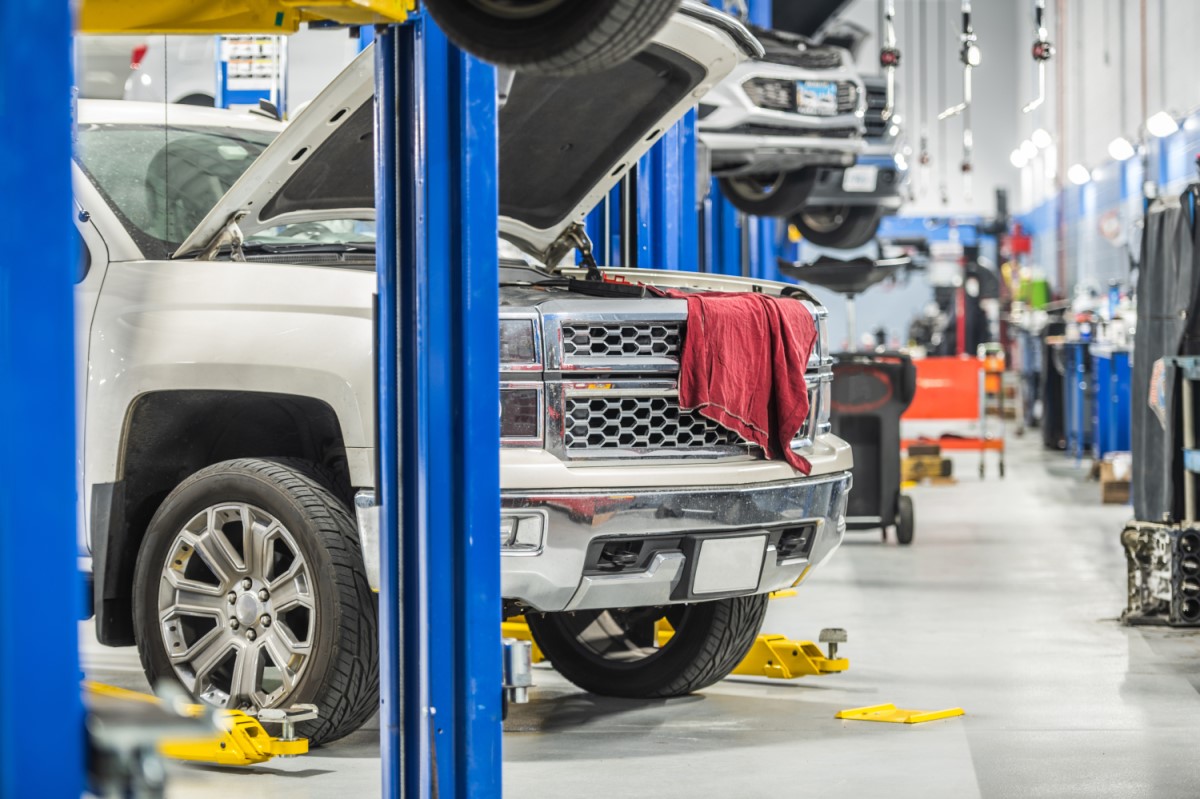Rising gas prices highlight the need to squeeze every mile out of a gallon of gas
Last year, Russia’s aggression against Ukraine rocked the petroleum market, and Americans saw the impact of the war in higher gas prices at the pump.
Even as prices have fallen, the national price average of $4.45 a gallon for regular fuel is 70 cents more than a year ago, according to AAA. (The price peaked at $5.02 on June 14, 2022.)
Motorists will need to be mindful that commuting and road trips will cost more in the foreseeable future. Car shoppers should keep this in mind, prioritizing fuel economy in making their choice.
Now is as good a time as ever to fine-tune your driving strategies and techniques to maximize your fuel economy and ease the squeeze on your wallet.
Consumer Reports experts pulled together this series of test-proven tips to help drivers save money.
The Car Husband Fuel-Economy Tips
1. Stay at Half.
Keep at least a half-tank of fuel during cold winter months, and when there is a risk of shortages, say, due to a lack of gasoline delivery drivers to meet travel demands, or when a major storm or hurricane is imminent.
This tip also goes for holiday road trips, when roads can be congested and slow-moving. Having plenty of gas onboard can ease stress and give you more flexibility with when and where you fill up.
2. Check Online.
Apps and websites such as GasBuddy can show local gas prices, making it easy to find good prices in your area or if you need to travel. Generally, gas stations well off major highways and away from city centers tend to have better prices, as do warehouse stores and some major travel centers.
3. Minimize Travel.
If you can delay errands or other activities, you will preserve the gas that you purchased and reduce overall consumption for the region, helping in some small way to reduce the gas scarcity.
4. Obey Speed Limits.
When you drive, follow the speed limits and drive smoothly. Your driving habits can play a significant role in fuel economy.
A recent CR test shows this: We measured gas mileage while driving at a steady 55, 65, and 75 mph in a Nissan Altima and Toyota RAV4. We found that reducing speed from 65 mph to 55 mph improved fuel economy by 6 mpg in the Altima and 8 mpg in the RAV4.
The penalty of cruising at 75 mph, rather than 65 mph, was almost 7 mpg in the Altima and 6 mpg in the RAV4. Higher speeds exact a toll in fuel consumption.
Another way to look at it: Speeding up from 55 to 75 mph is like moving from a compact car to a large SUV. Beyond fuel concerns, speeding is, of course, a safety risk.
5. Drive Evenly.
Avoid hard acceleration and braking whenever possible. In our tests, frequent bursts of acceleration and braking reduced an older Toyota Camry’s mileage by 2 to 3 mpg.
Once up to speed, maintain a steady pace. The harder you accelerate, the more fuel you use. Unnecessary braking wastes the fuel you used to get up to speed.
Drive smoothly and anticipate the movement of traffic. Smooth acceleration, cornering, and braking also extend the life of the engine, transmission, brakes, and tires.
6. Pay Attention to Aerodynamics.
Remove roof racks when they are not being used. At highway speeds, more than 50 percent of engine power goes to overcoming aerodynamic drag. Don’t add to that by carrying unneeded things on the roof.
We did fuel-economy tests at highway speed on a Nissan Altima and Toyota RAV4 with a roof rack, a tail-hitch rack, and a rooftop box. Carrying two mountain bikes on the roof had the biggest impact. The Altima lost 13 mpg, going from 46 mpg to 33 mpg. The RAV4 lost 7 mpg, dropping to 32 mpg from 39 mpg.
There’s even a loss when driving with an empty roof rack:
The Altima dropped 5 mpg, and the Toyota lost 2 mpg. The Nissan lost 12 mpg with the bikes on the hitch-mounted rack, while the RAV4 was down only 5 mpg. The bikes stuck out beyond the sides of the sedan, which created extra drag. They were mostly hidden behind the wider, boxier RAV4’s bodywork.
The rooftop box resulted in a 9 mpg decrease for the Altima and a 5 mpg drop for the RAV4.
Overall, the aerodynamic drag doesn’t hurt the more boxy RAV4 as much as the sleeker Altima.
7. Buy Good-Quality Gas.
We typically recommend using Top Tier gas—that is, gas that is held to a higher standard through the voluntary participation of numerous gas station brands, including Chevron, Costco, Exxon, Mobil, and Shell.
Beware that many familiar brands do not have Top Tier gas. The goal is to feed your car good-quality gas whenever possible, but it is fair to be flexible during a shortage or when traveling.
The detergents in Top Tier gas can eventually clean any engine deposits that may accumulate when good-quality gas is more readily available.
8. Skip the Premium.
Save money and skip premium gas unless it is “required by your vehicle manufacture.” This is indicated on the fuel filler door. Many cars list “recommended,” which means it is optional. If there is only midgrade or premium fuel available, this will work fine in a car that is rated for regular gasoline.
9. Check Tire Pressure.
Check your tire pressure. Tires lose about 1 psi a month. Having tires with lower pressure than what is recommended on your doorjamb sticker can affect performance, tire longevity, and fuel economy.
10. Skip the AC.
Using air conditioning does consume gas.
In mild weather, if you can get by without it, even if you open the windows, it will give incremental savings. But once it gets hot, having AC on to cool the cabin and lower humidity is a wise investment in your comfort and ability to stay alert while driving.
For more tips like these, read our car repair blog.

